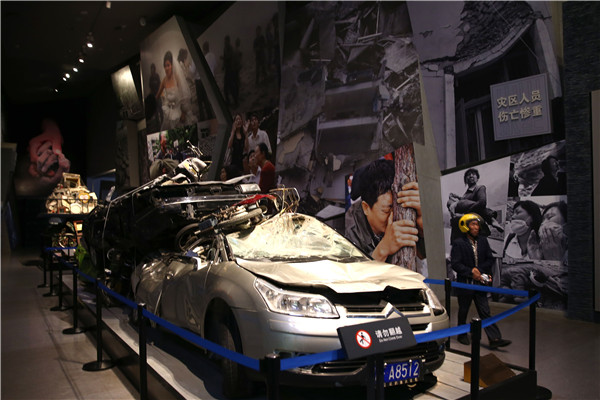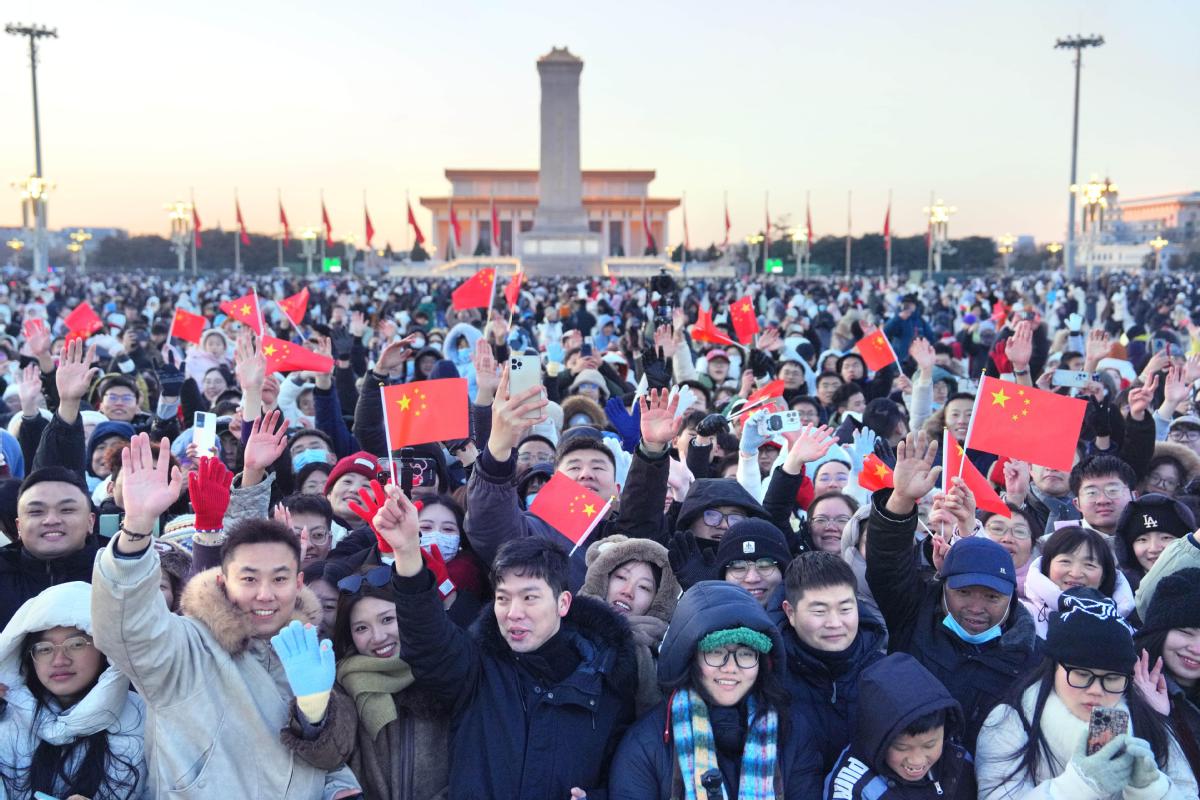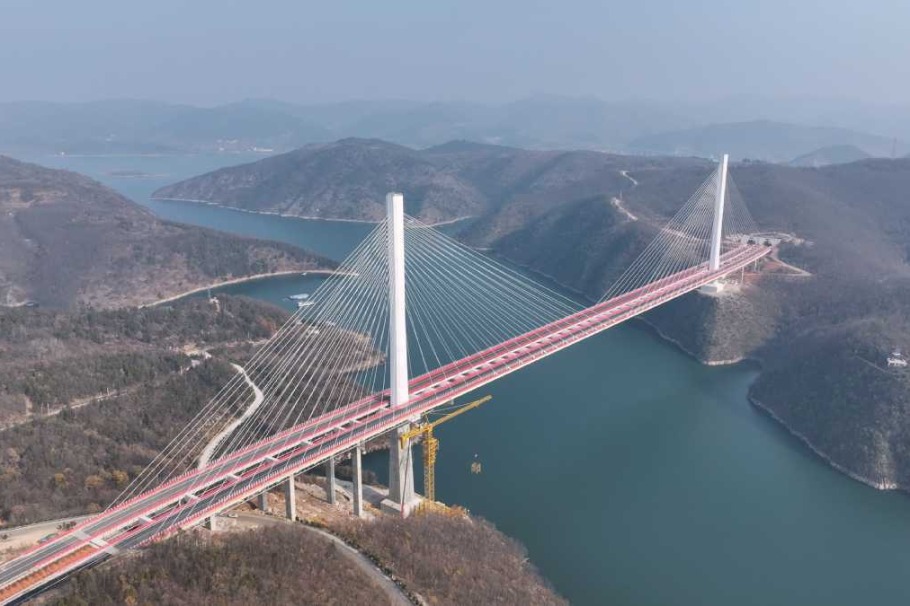At quake site, respectful silence honors the dead


Somber visitors remember those who lie beneath Beichuan rubble
Wang Huarong, a tour guide in Beichuan, Sichuan province, hopes people take away two things from her walking tours through the old town's solemn streets: How to survive an earthquake, and how to appreciate the things we have while we still have them.
Beichuan, the original county seat of the Beichuan Qiang autonomous county, has been preserved as one of the world's largest earthquake shrines.
The town's ruins, covering about 2.7 square kilometers, are part of the Wenchuan Earthquake Memorial. Visitors can see buildings such as schools and apartment blocks that were destroyed when a magnitude-8 earthquake struck the mountain valley town and killed almost two-thirds of its residents - 20,000 people - on May 12, 2008.
Across China, the confirmed death toll was nearly 70,000, with about 18,000 still unaccounted for a decade later.
"Look at the huge pile of rocks on your right," Wang, 33, told her tour group. "There is a high school buried underneath. Now you can understand why there are still people missing and there is no way to get them out."
Wang was born and raised in Beichuan. Her family only escaped the disaster because on that day they had gone to visit her grandmother in another county.
Along with another 10,000 or so survivors, she and her family eventually moved from the devastated area to a new county seat, which was built from scratch about 30 kilometers southeast in Yongchang township. This new town was also given the name Beichuan.
The original Beichuan - which lies at the intersection of two fault lines - was the worst-hit area in the quake because of its relatively large population.
"For the survivors, the first night after the quake was the toughest. They gathered together here and had to help themselves because no rescuers could reach them when all the roads were destroyed," Wang said during a stop at a small square.
"What's more, they could hear people crying for help from the rubble in the darkness and there was nothing they could do."
Unlike other noisy tourist sites across China, many visitors remain quiet and cannot hold back tears when walking the streets of the old town, which has been frozen in time.
After the ruins were stabilized, the site was opened to the public in May 2010. Its first group of visitors included some who had lost loved ones in the quake.
The site has become a permanent monument to the victims, many of whom remain buried beneath the ruins.
In May 2013, a memorial museum opened not far from the ruins. Visitors can see exhibits featuring flattened vehicles and old street signs, as well as photo and video footage documenting the disaster that shocked China and the world. Part of its mission is to teach people how to protect themselves during earthquakes.
By the end of last year, the museum had been visited 15.5 million times.
Wang Yiguan recently drove four hours from his home in Suining, Sichuan, to visit the ruins. The 23-year-old auto mechanic still remembers vividly how terrified he was when the temblor struck.
"The ruins show how weak people are in front of Mother Nature, but also how united our Chinese people are in fighting together against disaster, which has made our country a strong nation," he said.
Besides the original town of Beichuan, some other areas hit by the quake, such as Yingxiu township, have also turned ruins into museums to remind people about the tragedy.
"Life can be extremely fragile, so enjoy every second of it," tour guide Wang Huarong said as she stood at a spot where more than 3,000 people were buried in a makeshift mass grave.
Huang Zhiling contributed to this story.
- Shanghai Symphony Orchestra rings in the new year
- New power station opens in Shanghai
- Series on Shanghai revolutionary sites airs
- Xu Beihong's horse-themed art exhibition opens in Shanghai
- China has enhanced social safety net: government minister
- Exhibition on development of Chinese music opens in Shanghai



































